Best Practices in Entrance Security for Corporate Campuses
Ensuring the security of your corporate campus is a top priority. In today's ever-evolving threat landscape, it's crucial to implement the best practices in entrance security to safeguard your personnel, assets, and sensitive information. In this article, we will delve into various aspects of entrance security, including combating tailgating and piggybacking, advanced security entrance technology, and the role of lobby/concierge officers. Additionally, we will explore the concept of deploying security measures in layers to create a robust defense system for your corporate campus.
1. Tailgating
Tailgating or piggybacking are security risks that can compromise the integrity of your corporate campus. Tailgating occurs when an unauthorized individual follows an authorized person through an entry point. To combat these threats effectively, consider the following measures:
a. Access Control Education: Implement thorough employee training programs to raise awareness about the risks of tailgating and piggybacking. Encourage employees to challenge unfamiliar individuals attempting to gain access.
b. Biometric Authentication: Utilize advanced biometric authentication methods such as fingerprint or facial recognition systems to ensure that only authorized personnel can enter secure areas.
c. Security Culture:
Foster a security-conscious culture among your employees to encourage reporting of suspicious behavior and incidents promptly.
Key Facts
1. 71% of Security Professionals Who Consider Tailgating a Serious Security Breach
2. Over 50% of Security Professionals Who Believe a Breach Might Cost Their Organizations $500 Million or More
3. 78% of Security Professionals Using Reactionary Measures to Deal with Tailgating Source: Boon Edam: SPECIAL REPORT. TRENDS IN TAILGATING PREVENTION
Security Measures Used by Security Professionals to Address Tailgating:
- Access Control Systems
- Guards
- Cameras
- Video Management Software
2. Advanced Security Entrance Technology
Modern security technology has evolved significantly, offering innovative solutions to enhance entrance security. Two key technologies worth considering are optical turnstiles and security revolving doors and portals:
a. Optical Turnstiles: Optical turnstiles offer a sleek and efficient solution for controlling access to your corporate campus. These turnstiles use infrared beams to detect tailgating attempts and grant access only to authorized individuals. Their unobtrusive design fits well in office environments, making them ideal for the detection layer of security.
b. Security Revolving Doors and Portals: Security revolving doors and portals provide a physical barrier against tailgating and piggybacking. They are especially useful for high-security areas and can be integrated with access control systems to ensure only one person enters at a time.
3. Lobby/Concierge Officers
The presence of trained lobby or concierge officers adds an essential human element to your entrance security strategy. These officers can play a pivotal role in verifying the identity of visitors, conducting security checks, and responding swiftly to security incidents. They also serve as a point of contact for visitors, enhancing the overall experience while maintaining a secure environment.
4. Deploy in Layers
Implementing a layered approach to access control is a fundamental strategy for securing corporate campuses. Each layer serves a specific purpose and requires a unique entrance product to address applicable risks. Here's a breakdown of the layers:
a. Deterrence Layer: The outermost layer comprises elements like fences, gates, or parking garages. Full-height turnstiles are recommended in these locations due to their imposing stature and anti-tailgating design, deterring unauthorized access effectively.
b. Detection Layer: Moving inward, the detection layer processes both visitors and employees. Optical turnstiles are a suitable entry solution, allowing credentialed employees to pass through easily while directing visitors to check-in services.
c. First Prevention Layer: This layer includes employee-only entrances. Revolving doors can be an excellent choice, as they are unmanned and prevent tailgating without causing delays for employees.
d. Second Prevention Layer: As employees advance toward the core of the building, security portals come into play. These high-security portals offer authorized, single-person entry to sensitive areas like executive suites or data centers.
Conclusion
Protecting your corporate campus requires a multi-faceted approach to entrance security. By addressing tailgating and piggybacking risks, leveraging advanced security entrance technology, and strategically deploying security measures in layers, you can create a comprehensive security strategy that ensures the safety and confidentiality of your organization's assets and personnel. Combine these measures with a dedicated security team and a strong security culture, and your corporate campus will be well-prepared to mitigate security threats effectively.

